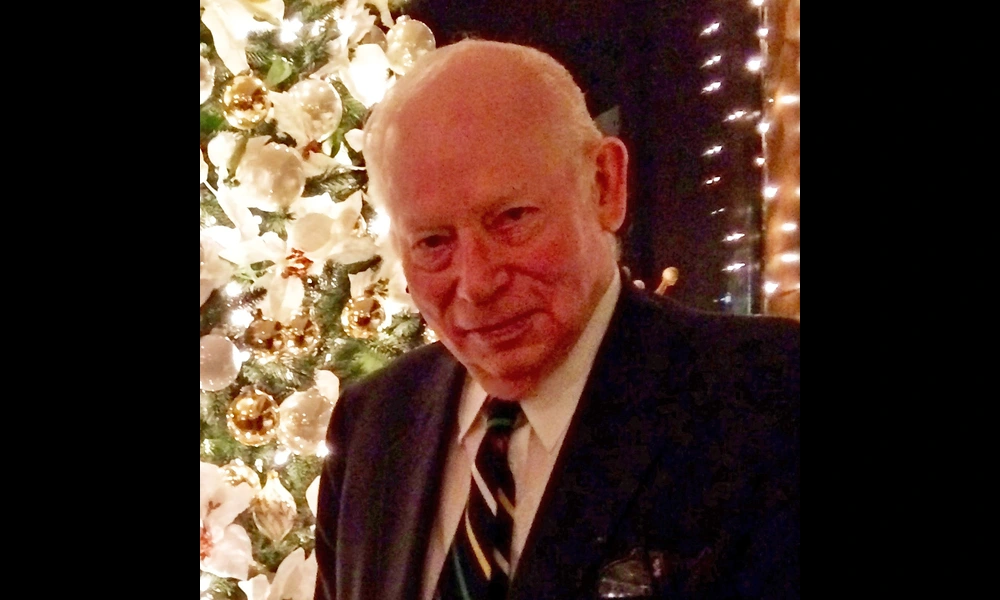Autistic People Both Express and Interpret Emotions Differently
Published on Tue Nov 14 2023 Happy campers | Oregon Department of Transportation on Flickr
Happy campers | Oregon Department of Transportation on FlickrFacial expressions are a key aspect of human communication, but a recent study suggests that for individuals with autism, these emotional signals might not be interpreted or delivered in the same way as they are for non-autistic people. The paper titled "Comparing the spatiotemporal and kinematic properties of autistic and non-autistic facial expressions" sheds light on a misunderstood element of autism: the expression and recognition of emotion through facial movements.
Autistic individuals may rely more on the mouth rather than eyebrows to signal anger and show less "exaggerated" smiles, with their happy expressions not reaching the eyes like those of non-autistic counterparts. Additionally, autistic expressions of sadness tend to show a more pronounced upward lip movement. These distinctions, even after controlling for factors like facial structure and alexithymia—a condition where identifying and expressing emotions is difficult—highlight a potential "language barrier" in expressing and interpreting emotions across neurotypes.
For non-autistic individuals, accuracy in recognizing emotions was linked to the precision of their own facial expressions; those who consistently replicated an emotion precisely could better recognize that emotion in others. Interestingly, this pattern did not hold true for autistic individuals, suggesting that they may use different strategies when recognizing emotions, possibly relying less on mimicking expressions and more on explicit rules or verbal strategies.
The implications of these findings are wide-reaching. It suggests that what has often been considered as a deficit in emotion recognition in autism might actually be a result of different expression-production habits. The mismatch between how emotions are expressed and interpreted could be seen as a cross-cultural misunderstanding, rather than a deficiency on one side.
This nuanced understanding of autistic expression could revolutionize how society approaches communication with autistic individuals. It asserts the necessity of tailoring social interaction and emotion recognition training to accommodate these differences, fostering better mutual understanding. It also stresses the importance of inclusivity in our definitions of what is "normal" or typical in emotional presentation.
In essence, recognizing these differences could fundamentally transform dialogue and support between autistic and neurotypical individuals, promoting a society that truly understands and embraces neurodiversity.



